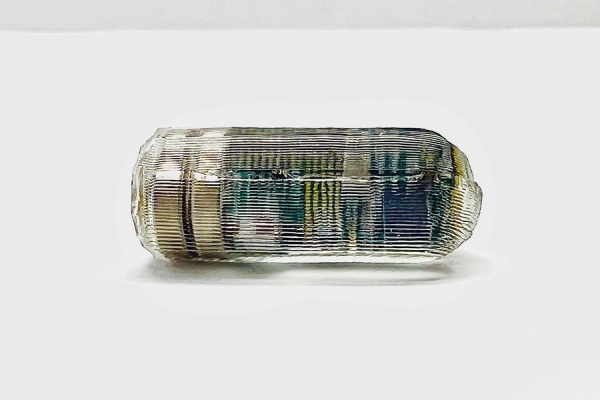Engineers at MIT and Caltech have demonstrated an ingestible sensor whose location can be monitored as it moves through the digestive tract, an advance that could help doctors more easily diagnose gastrointestinal motility disorders such as constipation, gastroesophageal reflux disease, and gastroparesis.
The tiny sensor works by detecting a magnetic field produced by an electromagnetic coil located outside the body. The strength of the field varies with distance from the coil, so the sensor’s position can be calculated based on its measurement of the magnetic field.
In the new study, the researchers showed that they could use this technology to track the sensor as it moved through the digestive tract of large animals. Such a device could offer an alternative to more invasive procedures, such as endoscopy, that are currently used to diagnose motility disorders.
Read more at Massachusetts Institute of Technology
Image: MIT engineers have shown that they can use magnetic fields to track the location of this ingestible sensor within the GI tract. Credits: Courtesy of the researchers


